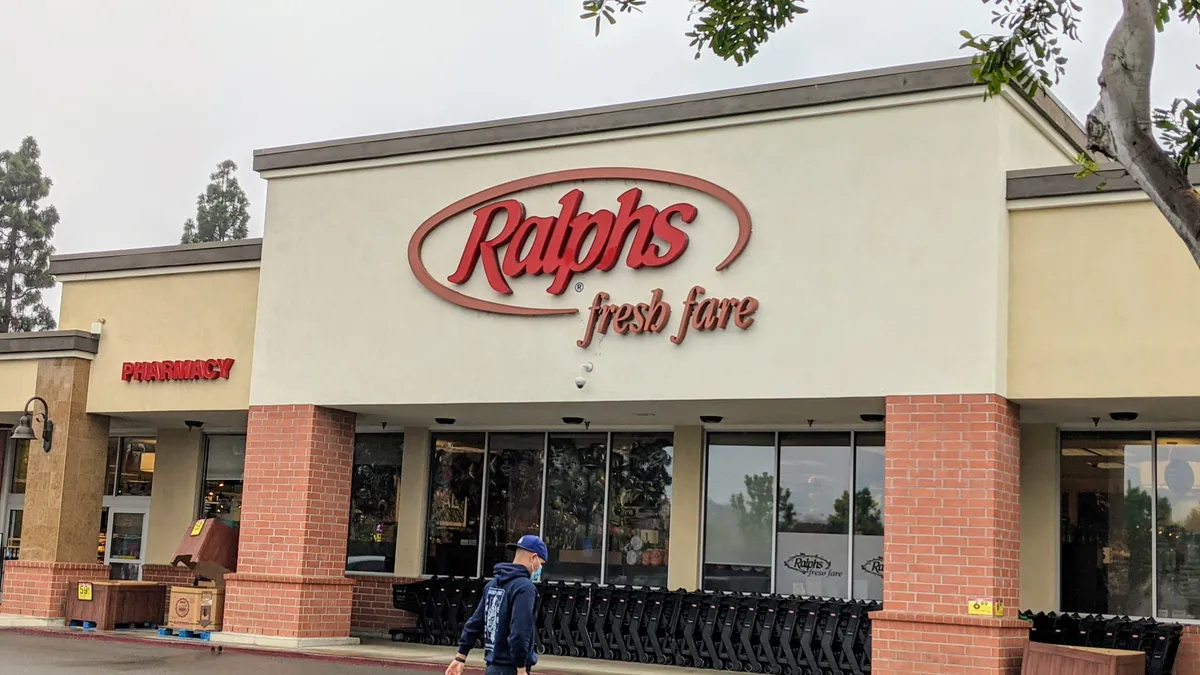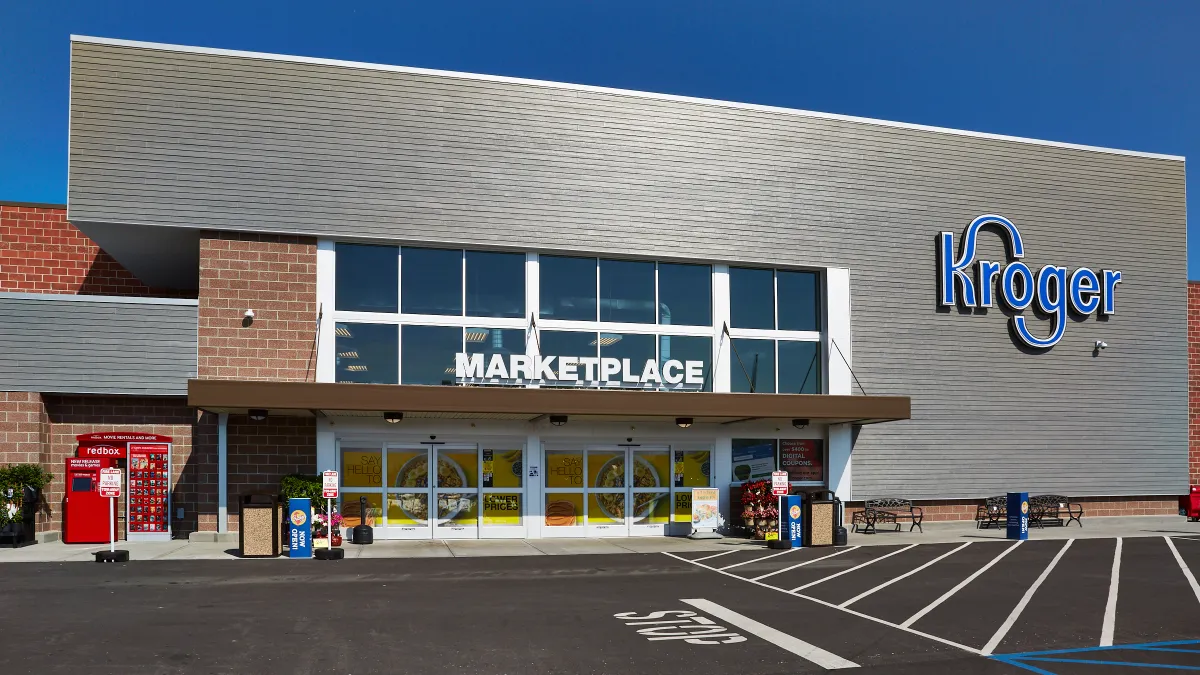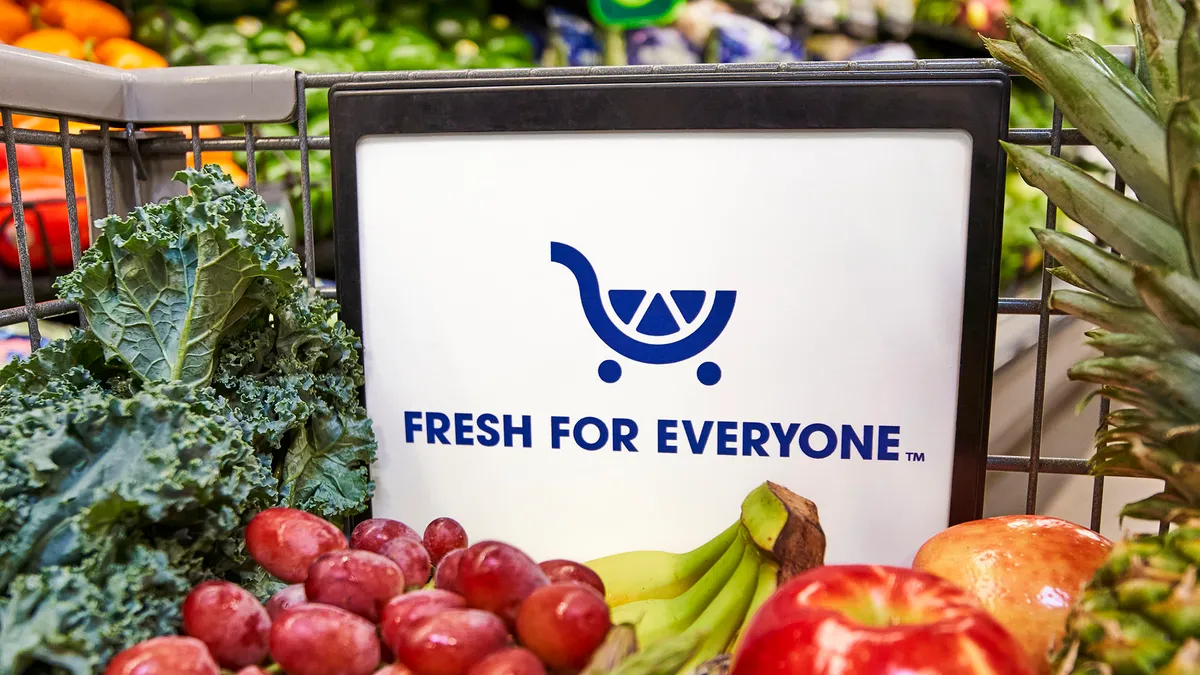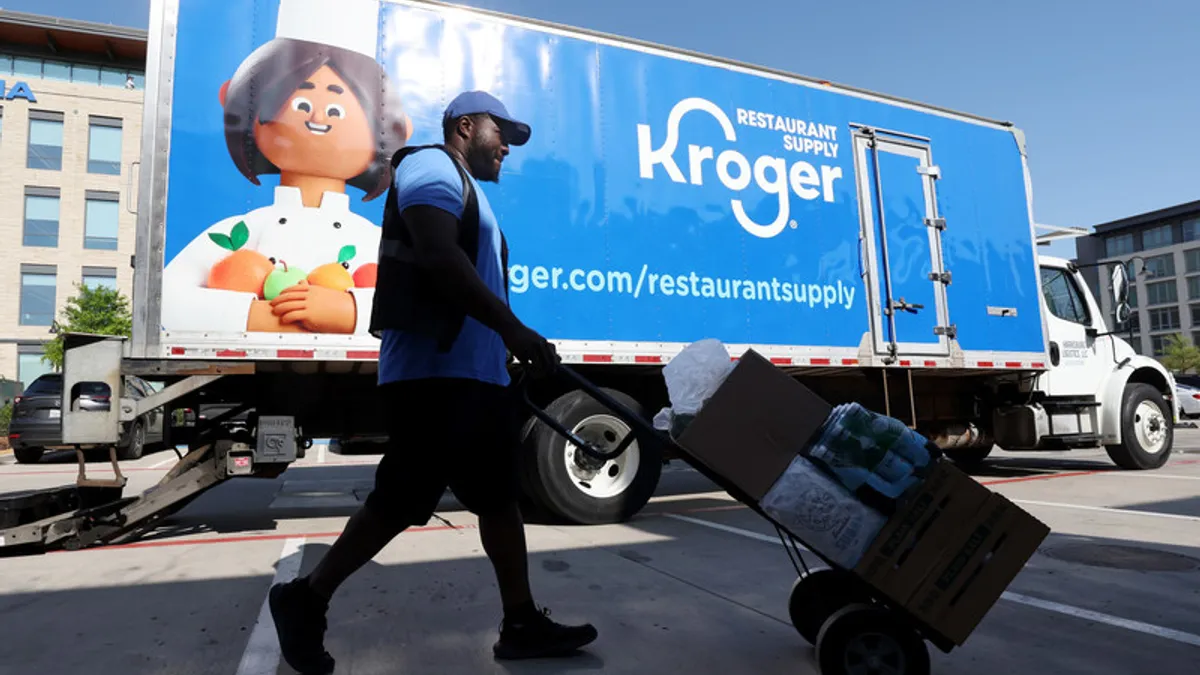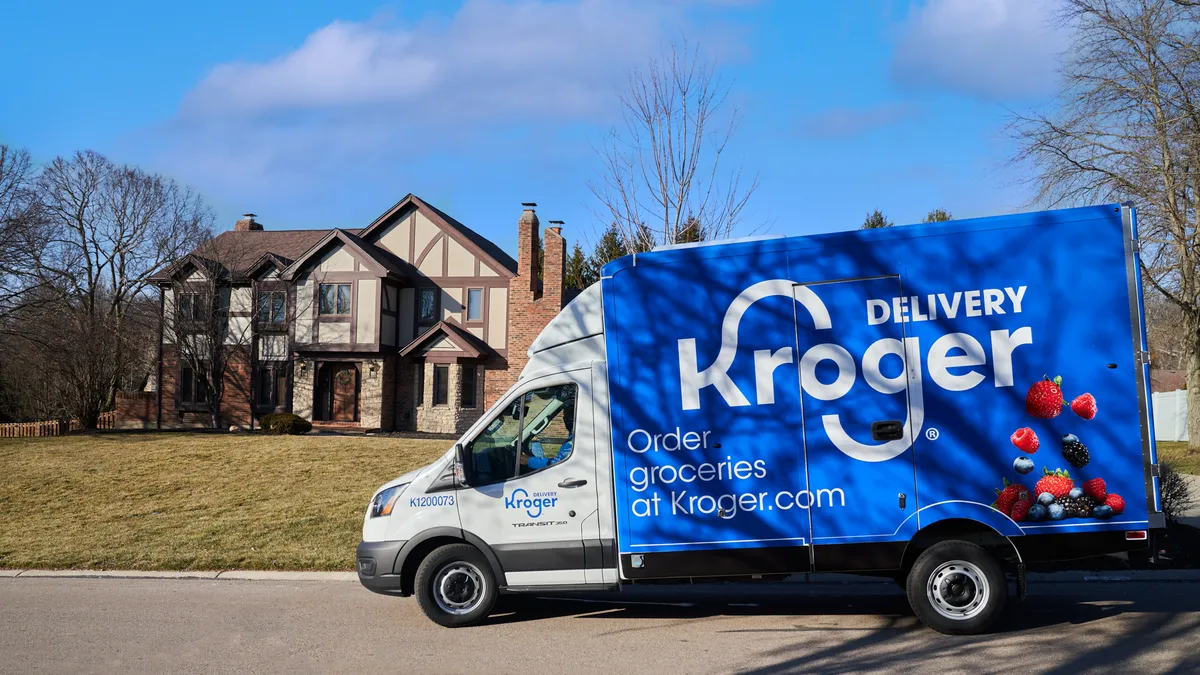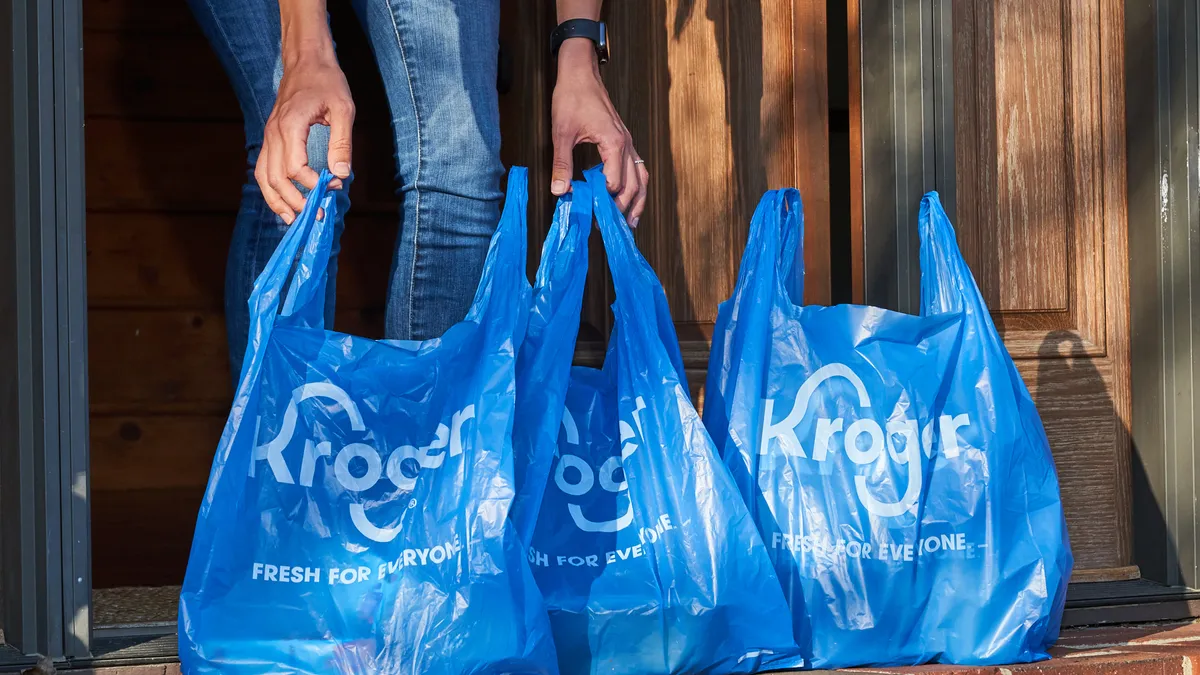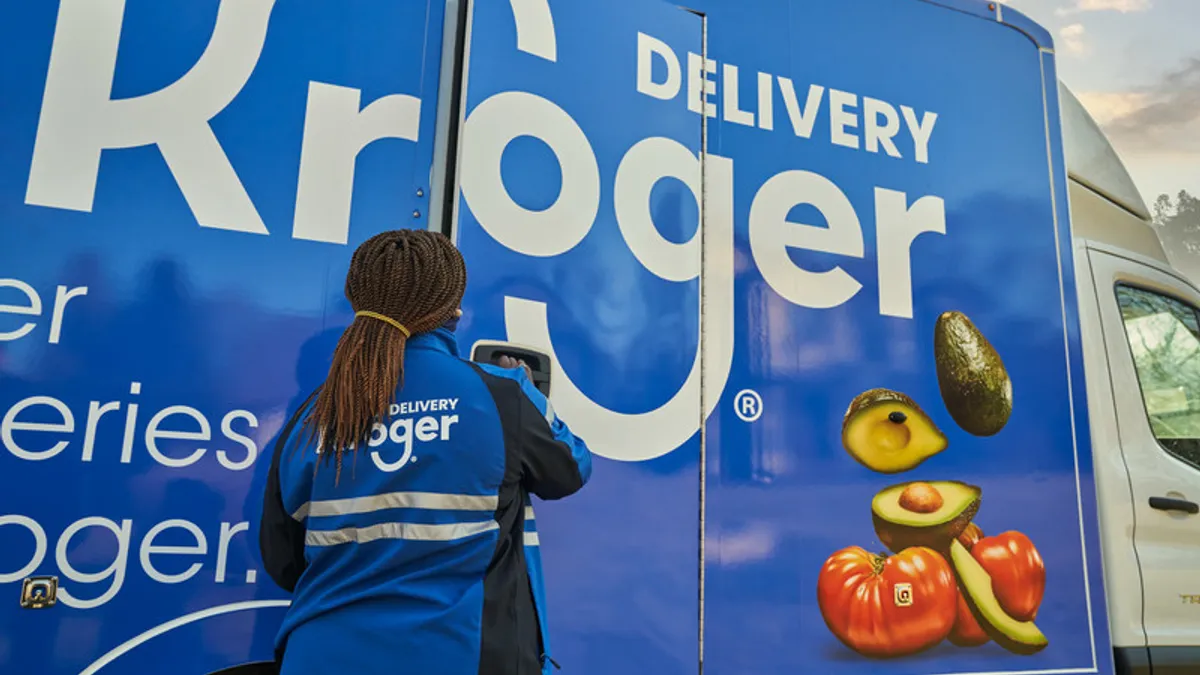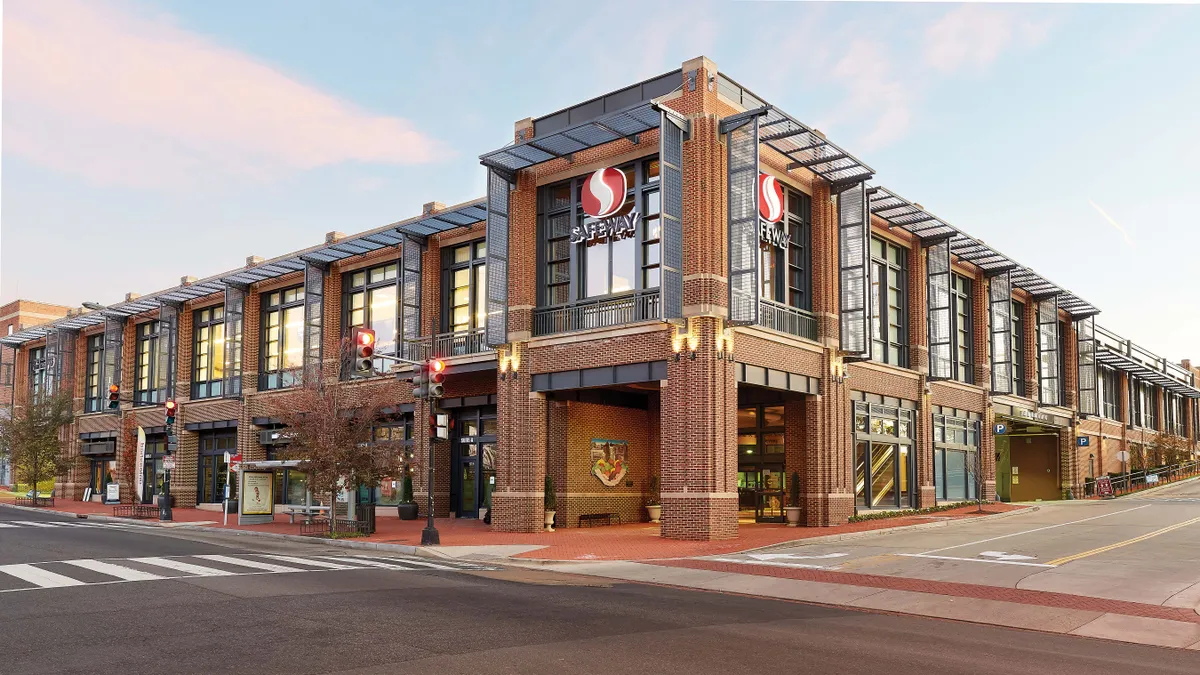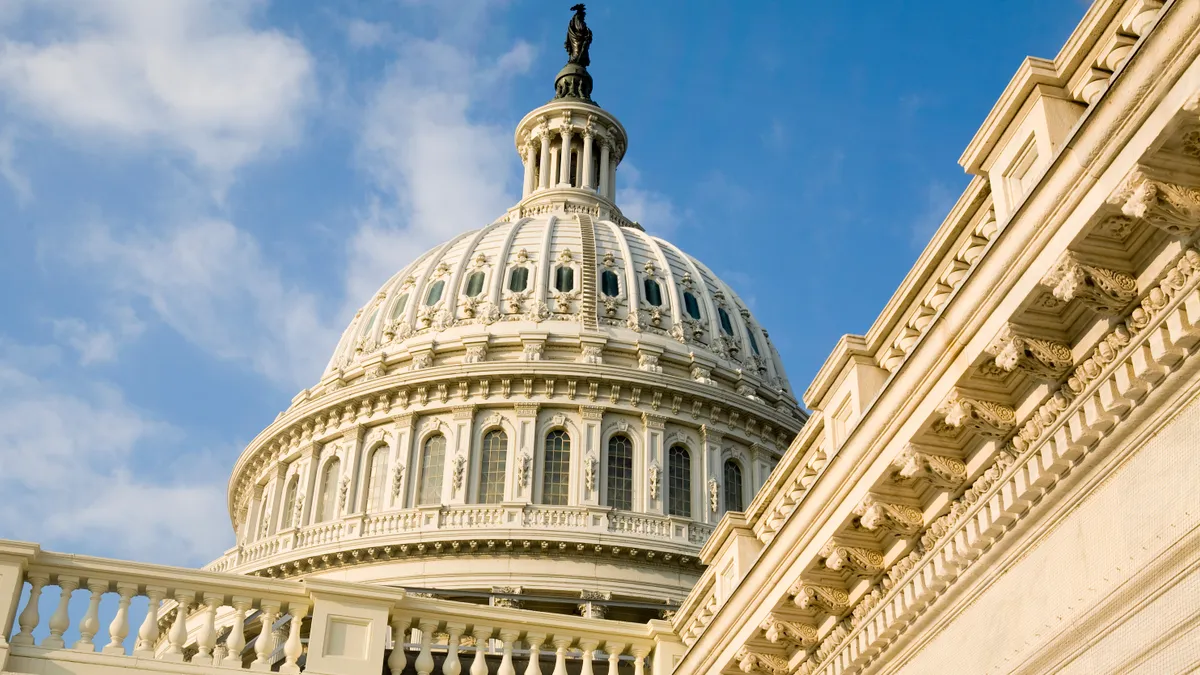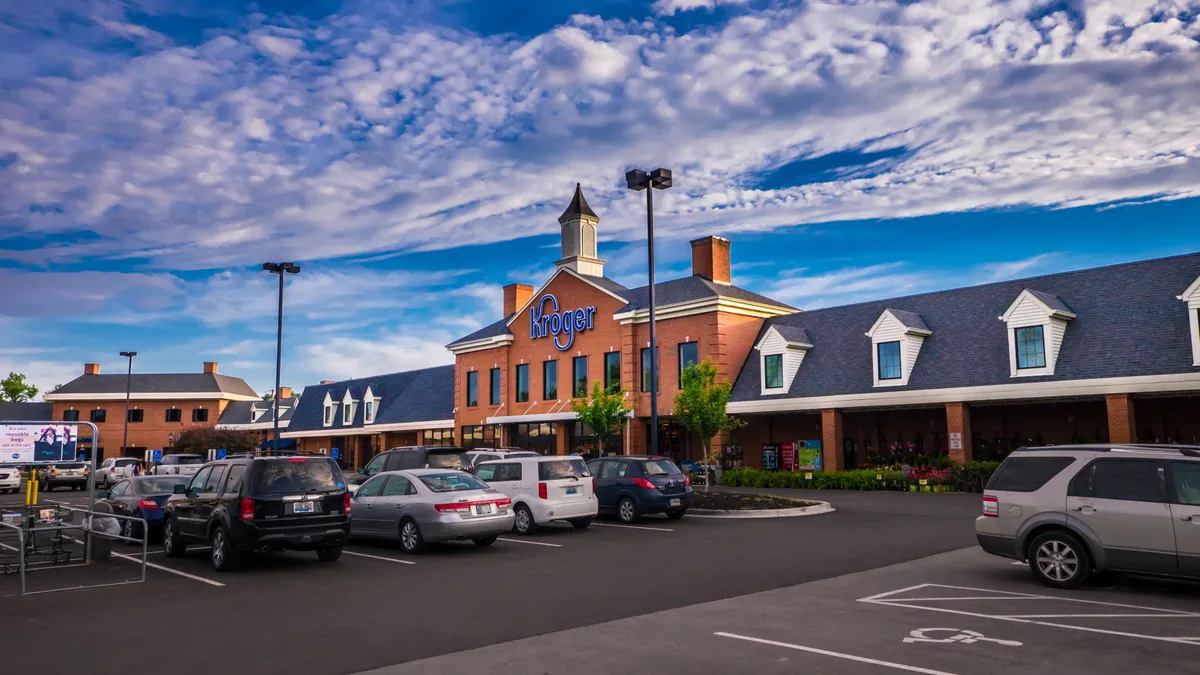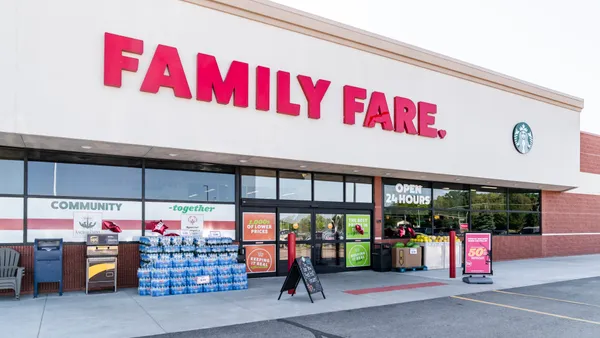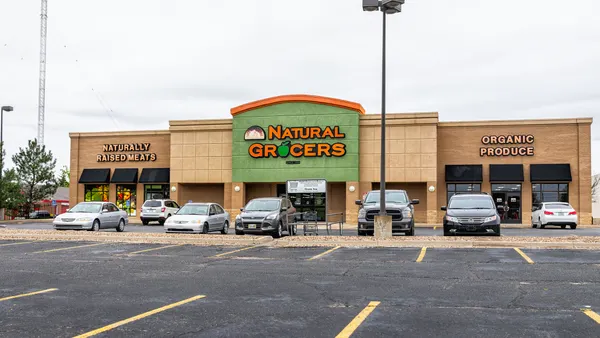As Kroger and Albertsons seek government clearance to form a supersized grocery company, the extent to which the chains already overlap in markets across the U.S. looms as a key factor for regulators, community leaders and others evaluating the proposed merger.
With about 5,000 stores operating under some 50 banners between them, the two food retailers each have a strong presence in dozens of metropolitan areas across the country. But while their vast geographic reach raises questions about whether the companies’ combination would give them an unfair edge or enable them to better serve consumers, as they have promised, it also underscores the complexity of sizing up a national deal in a hyperlocal industry, analysts said.
A central issue is that while the Federal Trade Commission (FTC) is likely to focus on how the merger would impact people’s access to grocery stores, the criteria for determining what constitutes convenience varies significantly depending on the size and layout of a given area, said Stacie Malinowski, head of locational data and analytics for Creditntell, a data analysis firm that tracks the number of stores grocers run in the United States.
“There's definitely going to be hotspots … that they're going to be zoning in on, but this is very much going to be a market-by-market scenario,” said Malinowski. “It really depends on the size of the community and what that community … needs to create that convenience and access and provide essential daily needs that the community has come to rely on.”
Another wrinkle is that Kroger and Albertsons both operate under multiple brands that compete in different segments of the grocery market, Malinowski added. “They both have so many [banners] that there's situations where you could have one of their low-end banners really close to one of their mid-tier banners, and they can operate just fine because [that have] they're different customers,” she said.
Gary Stibel, founder & CEO of New England Consulting Group, whose firm advised Albertsons on its acquisition of American Stores in 2002, said the fact that the would-be merger partners each have a significant presence in the market does not necessarily mean they would be able to exert unacceptable control. But Stibel still expects Kroger and Albertsons to face an uphill battle to get approval for their merger because of the appearance they would command too much a presence as a combined entity.
“Even without selling off stores, in most metropolitan markets, the two combined are in less than a third of the market — and oftentimes smaller than Walmart,” Stibel said. Walmart currently accounts for more than a fifth of the U.S. grocery market and would still have a larger share than Kroger and Albertsons post-merger, according to data from Nielsen.
“The ability of them to create a more competitive offering to Walmart, Lidl, Aldi, Amazon and dollar stores that are increasingly selling more consumer products [by merging] is real,” Stibel said. They're doing this to become a stronger competitor.”
According to Creditntell, one way regulators can be expected to determine the likelihood that the grocers would dominate a given market is by looking at how many stores each company operates within 3 miles of a location run by the other. By that measure, several regions, including Chicago, Dallas-Fort Worth, Los Angeles, Phoenix and Seattle, stand out as examples of where Kroger and Albertsons currently have particularly high levels of store overlap, Creditntell’s data show. Overall, 48% of Albertsons approximately 2,270 stores are located within 3 miles of a Kroger-owned supermarket, Creditntell said.
Here’s a look at the number of stores Kroger and Albertsons each operate in those markets as of July 2022.
Chicago
Two of the chief players in Chicago’s multifaceted supermarket sector would come under common control if the merger goes through. Kroger runs dozens of stores in the Chicagoland’s area under its Mariano’s banner, which it acquired in 2015 when it merged with Roundy’s, while Albertsons operates Jewel Osco, which runs dozens of stores in the metropolitan area.
Fifty-five Kroger-owned stores and 102 Albertsons locations in the Chicago region overlap by 3 miles or less, according to Creditntell.
Recent data from foot traffic analysis firm Placer.ai shows that 30% of shoppers who visited Jewel-Osco store also recently shopped at a Mariano's location, according to R.J. Hottovy, Placer’s head of analytical research.
Dallas-Fort Worth
Despite the large number of store locations Kroger and Albertsons have in the Dallas-Fort Worth area, neither chain is considered the most influential grocer or even a market leader in Texas, according to Earnest Research. However, the merger would give the grocers more stores than Walmart in the region, a potential source of concern.
The Kroger-Albertsons merger comes at a particularly tricky time for smaller, local food retailers in the area as H-E-B, the fast-growing Texas grocer, continues to push into the Dallas-Fort Worth area. Already, H-E-B is disrupting the market for independent grocers, and this merger only heightens that threat, the Dallas Morning News reported.
Eighty-eight Albertsons-owned supermarkets and 76 Kroger-run locations in the Dallas-Fort Worth region overlap by 3 miles or less, according to Creditntell.
Los Angeles
The merger would shake up the grocery market in Southern California, where Kroger and Albertsons both compete against each other and a large number of local grocers. The deal would combine Ralphs and Food4Less, both owned by Kroger, with Albertsons’ namesake locations and its Vons and Pavilions banners.
In the Los Angeles area, 166 Kroger-owned stores and 132 Albertsons locations overlap by 3 miles or less, according to Creditntell.
The planned merger has drawn the ire of both of the state’s U.S. senators, Democrats Dianne Feinstein and Alex Padilla. In an October letter to the companies, the lawmakers said they are especially worried that workers at stores the companies would likely have to divest to win FTC approval would not enjoy the same protections as the unionized workers who remain with Kroger and Albertsons.
Job growth in Los Angeles, Orange, Riverside and San Bernadino counties has outpaced employment expansion in the area’s overall retail sector in recent years, according to The Orange County Register.
Phoenix
The Southwestern region of the U.S. is regarded as the most overlap-heavy area of the Kroger-Albertsons merger, according to Hottovy, who cited Phoenix as one of the affected cities. Though numbers-wise the grocery chains don’t have nearly as many store locations as Los Angeles, Kroger and Albertsons together outnumber Walmart in the city.
“The proposed acquisition could have outsized relevance in Arizona, where prices for supermarket food and overall inflation have rung hotter than the national level,” according to the Arizona Republic. The paper also noted that metro Phoenix specifically had a 13% inflation rate year-over-year through August, outpacing other larger cities.
Seventy-six Kroger-owned stores and 67 Albertsons supermarkets in the Phoenix area overlap by 3 miles or less, according to Creditntell.
Seattle
Kroger and Albertsons both have an exceptionally large presence in and around Washington’s largest city. Kroger runs the region’s QFC and Fred Meyer banners, while Albertsons operates stores under both the Safeway and Albertsons brands in and around the city.
Five of the 11 grocery stores in West Seattle are owned by either Kroger or Albertsons, a blog covering the neighborhood reported. And according to the Seattle Times, Albertsons and Kroger run stores that are less than a mile apart in almost 12 neighborhoods in the Seattle region. The companies together run almost 350 stores statewide, the newspaper said.
In the Seattle region, 83 Kroger-owned stores and 94 Albertsons locations overlap by 3 miles or less, according to Creditntell.




